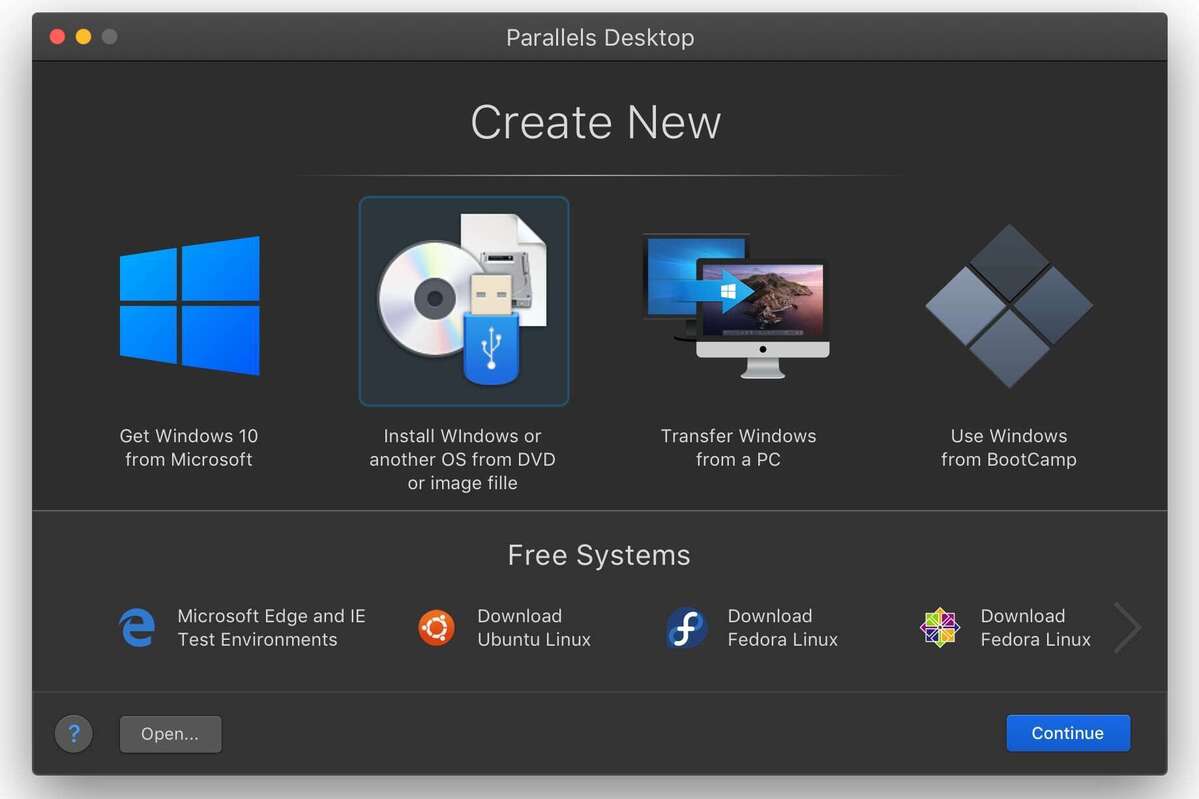
- Parallels desktop 16 for mac for mac#
- Parallels desktop 16 for mac install#
- Parallels desktop 16 for mac upgrade#
- Parallels desktop 16 for mac pro#
- Parallels desktop 16 for mac windows#
Parallels desktop 16 for mac for mac#
For the time being, the recommended method to run a Big Sur VM is from a Big Sur host-an option which works quite well, but defeats a key advantage of using virtualization software in the first place.Parallels Desktop for Mac with Apple M1 Сhip 16.3.2 for Mac Review Parallels blames this limitation on native 3D graphics implementation in Apple’s beta OS, a situation which should be resolved around the time Big Sur is released. That means no Retina Display support or Coherence view, which hides the guest desktop so virtualized apps run alongside those in the host OS. Those hoping to test drive Big Sur as a virtual machine running on a Catalina host will experience reduced graphics performance, with a screen resolution restricted to 1024×768. Unfortunately, the under-the-hood changes required to embrace Apple’s new frameworks in Parallels Desktop 16 for Mac have created a temporary setback for current macOS users.

One nagging downside to this otherwise flawless plan was lack of support for the Caps Lock key, which has never properly worked in Parallels within Mac guests.Īlthough Parallels Desktop 16 works with the latest macOS Big Sur public beta, graphics performance on a Catalina host is currently less than ideal.
Parallels desktop 16 for mac install#
The solution was to install macOS Mojave as a Parallels virtual machine to run AccountEdge and other 32-bit refugees like a Primera Bravo SE disc printer. Developer Acclivity cowardly backpedaled on 64-bit Catalina support earlier this year, claiming its 30-year-old codebase “proved too outdated” for engineers to make work.
Parallels desktop 16 for mac pro#
One rationale for clinging to old software was venerable accounting software AccountEdge Pro (formerly MYOB).
Parallels desktop 16 for mac windows#
Rather than occasional use with Windows or to dabble in other operating systems, Parallels Desktop became a lifeline for running 32-bit Mac applications effectively abandoned after last year’s “app-ocalypse.” Daily driverĪlthough many survived the rocky transition to macOS Catalina relatively unscathed, the move prompted us to rely more heavily on virtualization. CorelĪutomatically keep VMs from hogging drive space with the new “Reclaim disk space on shutdown” option. Check a box, and Parallels Desktop 16 for Mac takes care of this housekeeping automatically, every time you shut down that VM. Last but not least, the new “Reclaim disk space on shutdown” option now makes the process of recovering storage temporarily consumed by a guest OS effortless. Parallels Desktop 16 for Mac now supports everything available on shared printers connected to a host Mac, enabling welcome features like the ability to use envelopers or change paper sizes as well as duplex printing. The immediate result is that Parallels Desktop 16 for Mac now launches up to twice as fast as last year’s impressive version 15, as well as being 20 percent faster at resuming a Windows virtual machine (VM) or when using software which takes advantage of DirectX.įor those who frequently print documents from Windows, there’s more good news. In its place, Apple incorporated new macOS frameworks for developers to tap into. This enormous effort was necessary because Apple is kicking third-party kexts to the curb once and for all when macOS Big Sur arrives this fall. Moving forwardĪccording to the developer, Parallels Desktop 16 for Mac is the result of a “25-man-year effort” to ditch traditional virtualization kernel extensions (“kexts” in code-speak), the stuff which allows this software to efficiently run other operating systems in tandem with macOS in the first place.

He Installation Assistant makes it a snap to install any supported operating system as a VM, including the macOS Big Sur public beta.

Parallels desktop 16 for mac upgrade#
In the meantime, they’ve released the latest annual upgrade to its flagship Mac software, which once again arrives with plenty of welcome improvements and-for the moment at least-one unfortunate limitation. This potential roadblock applies equally to virtual machines, and despite the virtualization experts at Parallels successfully demonstrating Linux running on ARM, the company remains tight-lipped about the fate of Windows. The announcement of a transition to ARM-based Apple silicon over the next two years sent a chill down the spine of everyone running Windows via Boot Camp, since there’s no indication at this writing such a feature will remain feasible without Intel inside. At this year’s WWDC, the Mac took a giant step closer to iOS in terms of hardware.


 0 kommentar(er)
0 kommentar(er)
